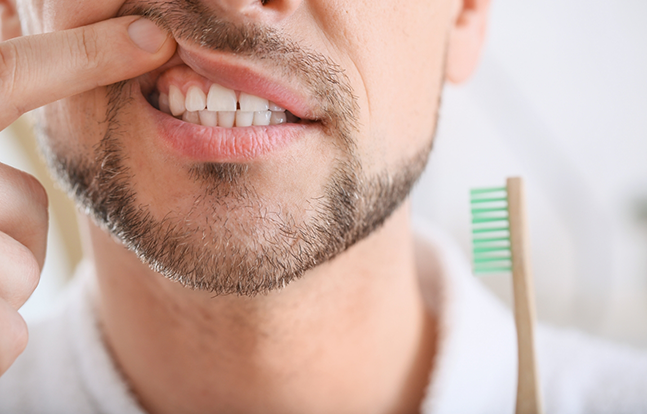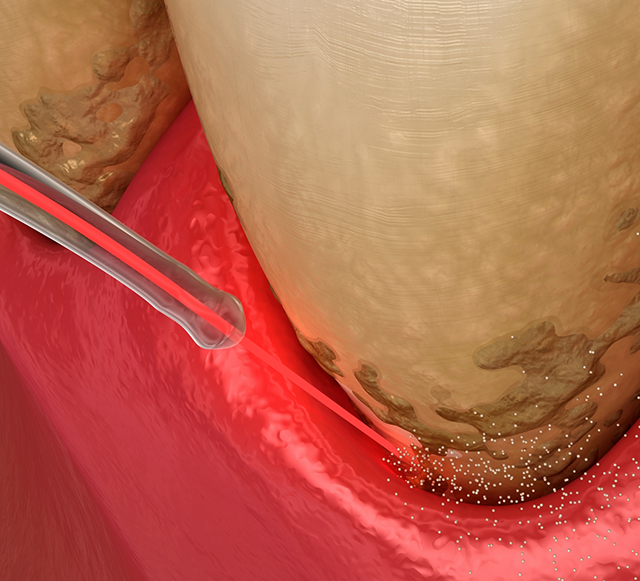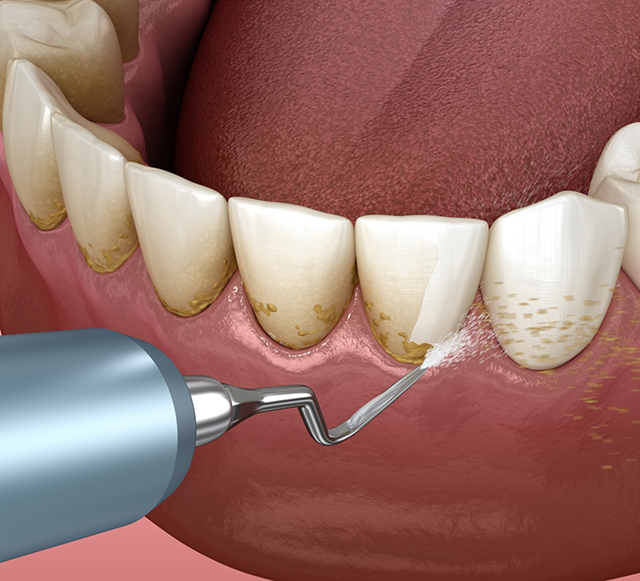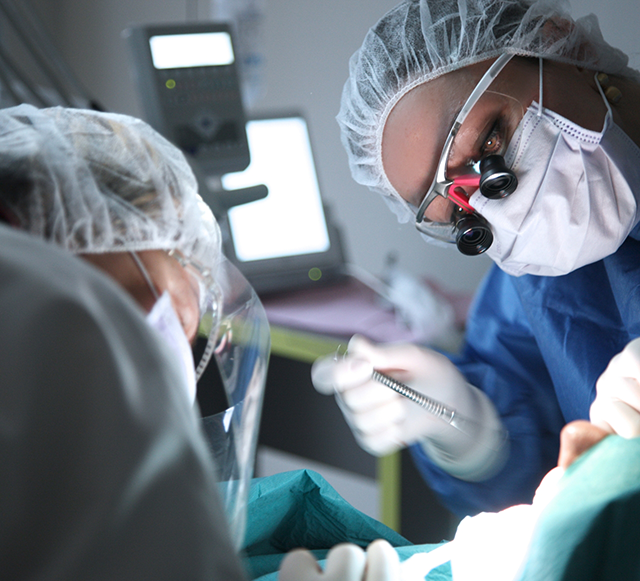Gum Disease Treatment Owasso
An Answer for Bleeding, Swollen Gums

When you think of threats to your oral health, what’s the first thing that comes to mind? For many people, the answer is “cavities.” However, gum disease can be an equally serious problem. In fact, untreated gum disease is a leading cause of tooth loss among adults! To keep your smile intact, we recommend that you call our dental office and schedule an appointment as soon as you can if you think gum disease treatment in Owasso may be needed.
Why Choose Life Smiles of Owasso for Gum Disease Treatment?
- Fotona Laser for Periodontal Therapy
- An Extensively Trained Dental Expert
- A Team That Puts Comfort First
What is Gum Disease?

Gum disease (also known as periodontal disease) is caused by bacteria that live in your mouth. An overgrowth of harmful bacteria in plaque and tartar can trigger inflammation in your gums.
The first stage is gingivitis, a common but reversible condition in which gums swell and bleed when brushed. If gingivitis is not treated, the plaque accumulates and turns into hardened deposits known as calculus or tartar. The calculus attracts more bacteria, and the inflammation will spread deeper into the supporting tissues around your teeth. As gum disease advances, it destroys the bone and ligaments that hold your teeth in place and can eventually result in tooth loss.
Gum disease is a serious condition, but worse still is the fact that it’s extremely common, affecting one out of every two adults. Even more alarming is the fact that the vast majority of people are unaware that they have symptoms of gum disease, and they visit their dentist only when the disease is already quite advanced.
Gum disease can cause:
- Tooth loss
- Tooth decay
- Gum recession
- Bad breath
- Discolored teeth
Besides causing gum recession and tooth loss, gum disease is dangerous because it has been linked to health problems such as cardiac and respiratory disease, low birth weight in newborn babies, heart attack, stroke, osteoporosis, and Alzheimer’s disease.
Does it seem odd that oral health can affect your body enough to cause these alarming conditions? That’s one of the reasons why our team is the top choice in Owasso: because we understand that oral health and the health of the rest of your body are interlinked. Achieving wellness means keeping your oral health in check! Keep reading below to learn more about the ways we can effectively treat gum disease.
Laser Gum Disease Treatment

With our Fotona laser, we can target and remove the parts of the gum tissue that have become inflamed due to gum disease. Using a laser for periodontal treatment comes with a number of benefits. For one thing, dental lasers are very gentle; as such, there is typically no need for us to numb your mouth. On top of that, the precision of the laser helps ensure that only the diseased tissue will be removed. Additionally, procedures involving lasers tend to result in less bleeding.
Scaling & Root Planing

Mild to moderate cases of gum disease often call for scaling and root planing. Scaling is when we carefully remove the plaque and tartar that has accumulated around and beneath the gums. Once scaling is complete, we can move on to root planing. This involves smoothing out the roots of the teeth so they can healthily reattach with the gums.
Antibiotic Therapy

Once we have completed the scaling and root planing process, antibiotic therapy may be necessary to deal with any bacteria that may still be living in your mouth. Sometimes the antibiotic might be applied topically, but in other cases, you may have to take a pill; our team can explain the specifics of the type of antibiotic that will be used in your case so that you understand what to expect. Combining antibiotic therapy with scaling and root planing is often essential for keeping the risk of infection to a minimum.
